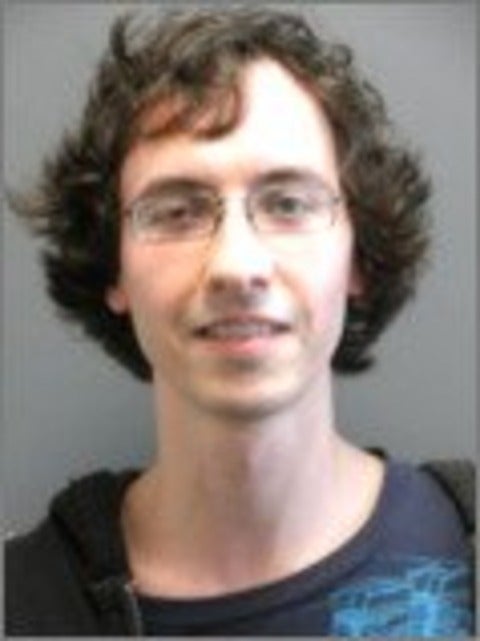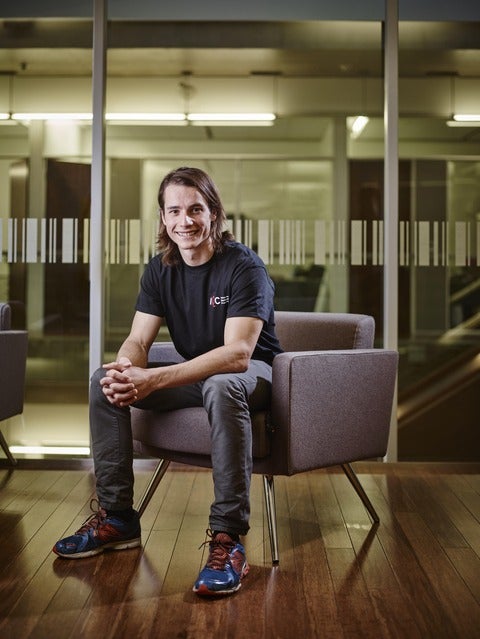CryptoWorks21 - Who else is in my space?
Speaker: Neil Henderson
Abstract: The patent system provides a monopoly in return for disclosure of new technology. The disclosures (patent applications) are published and classified by technology to provide an extensive global resource available on line. Want to know how many patent applications Apple has for quantum cryptography? Who else is working in your area ? Does anyone hold a dominant position or are the rights widely distributed?

